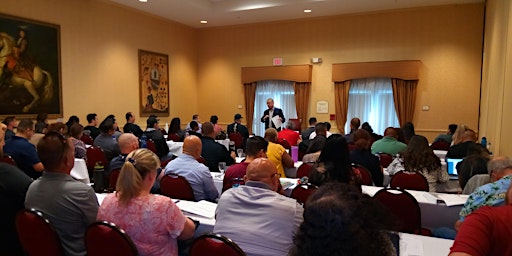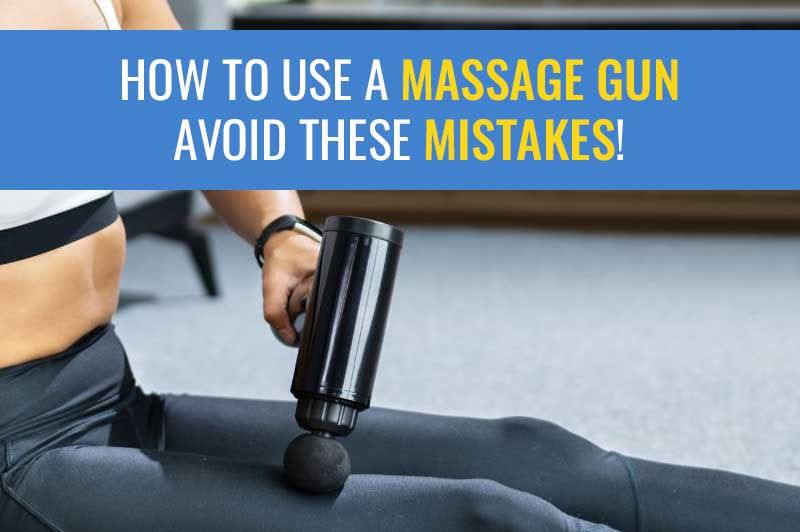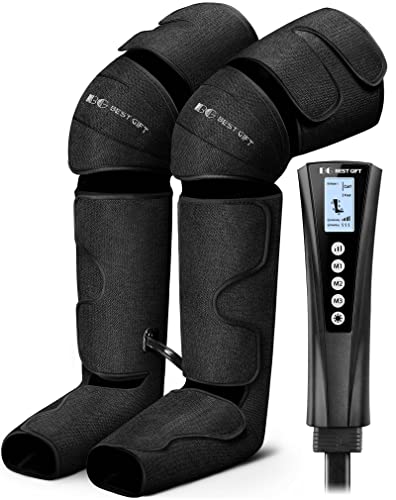Yes, massage can make things worse if not done by a qualified professional or if the person has certain health conditions. Massage therapy has the potential to exacerbate existing injuries or health issues if not properly performed.
Improper techniques or applying pressure in the wrong areas can lead to increased pain or further injury. Massage therapy is an effective way to alleviate muscle tension and promote relaxation, but it’s crucial to seek the services of a trained and licensed massage therapist.
People with certain medical conditions, such as fractures, deep vein thrombosis, or severe osteoporosis, should consult with their healthcare provider before undergoing massage therapy to ensure it’s safe for them. By prioritizing safety and seeking professional expertise, individuals can enjoy the benefits of massage therapy without risking exacerbation of their health issues.
1. Common Mistakes To Avoid
When it comes to massage therapy, it’s important to be aware of the common mistakes that can make things worse instead of better. Avoiding these mistakes can help ensure a positive and effective massage experience.
1.1 Ignoring Your Body’s Signals
Ignoring your body’s signals during a massage can lead to potential harm. If you experience pain or discomfort during a massage, it’s important to communicate this to your therapist immediately.
1.2 Not Communicating Clearly With Your Massage Therapist
Clear communication with your massage therapist is critical for a successful session. If you have specific areas of concern or if the pressure is too intense, speak up to ensure the massage is tailored to your unique needs.
1.3 Choosing The Wrong Type Of Massage
Selecting the wrong type of massage for your needs can lead to unwanted outcomes. Whether you’re seeking relaxation or addressing a specific issue, it’s essential to choose a massage technique that aligns with your goals and preferences.
1.4 Going To An Inexperienced Or Unqualified Massage Therapist
Visiting an inexperienced or unqualified massage therapist can result in ineffective or even harmful treatment. Prioritize research and vetting to ensure you receive a massage from a skilled and reputable professional.
1.5 Overdoing It And Neglecting Rest
Overdoing it with excessive massage sessions and neglecting adequate rest can hinder your body’s ability to heal. Balancing massage with proper rest and recovery is essential for reaping the full benefits of massage therapy.

Credit: www.eventbrite.ie
2. Potential Risks Of Massage
While massage therapy offers numerous benefits, it’s important to be aware of potential risks that may arise during or after a massage session. Understanding these risks can help individuals make informed decisions about their massage treatment.
2.1 Aggravating Existing Injuries Or Conditions
Massage therapy has the potential to aggravate existing injuries or medical conditions. Without proper knowledge of a client’s health history and specific needs, intense pressure or inappropriate techniques may cause pain or discomfort. It is crucial for massage therapists to thoroughly assess a client’s health before proceeding with the treatment.
2.2 Allergic Reactions To Oils Or Lotions
Some individuals may experience allergic reactions to the oils or lotions used during massage sessions. This is why it’s vital for clients to disclose any known allergies to their massage therapist. Choosing hypoallergenic products can help minimize the risk of an adverse reaction.
2.3 Blood Clots Or Deep Vein Thrombosis
In rare cases, massage therapy can potentially dislodge blood clots or worsen deep vein thrombosis. Individuals with a history of clotting disorders or vein problems should seek medical guidance before undergoing a massage treatment.
2.4 Increased Pain Or Discomfort
If massage techniques are inappropriately applied, it can lead to increased pain and discomfort for the recipient. To avoid this, it is important to choose a qualified massage therapist who is knowledgeable about various techniques and can adapt the treatment based on individual needs.
3. How To Ensure A Safe And Beneficial Massage
When it comes to getting a massage, it’s important to prioritize your safety and well-being. While massage therapy can provide numerous benefits, it’s essential to take certain precautions to ensure a safe and beneficial experience. By listening to your body, communicating with your massage therapist, researching their qualifications, consulting with your healthcare provider, and following post-massage care instructions, you can enjoy the full benefits of a massage without any adverse effects. Let’s explore these steps in more detail to help you make the most of your massage therapy session:
3.1 Listening To Your Body And Being Aware Of Any Discomfort
During a massage, it’s crucial to listen to your body and be aware of any discomfort you may feel. While massage therapy is generally safe, it’s possible to experience some discomfort or even pain during certain techniques. It’s important to communicate with your massage therapist if you experience any discomfort that feels beyond your tolerance level. This way, they can adjust their techniques or pressure accordingly to ensure you have a comfortable experience.
3.2 Communicating Your Needs And Expectations With Your Massage Therapist
Effective communication with your massage therapist is key to ensuring a safe and beneficial experience. Before the massage begins, take a moment to communicate your needs and expectations. If there are specific areas of your body you want the therapist to focus on or any particular issues you want to address, let them know. By expressing your expectations and preferences, the therapist can tailor the massage to suit your individual needs.
3.3 Researching And Choosing A Qualified And Experienced Massage Therapist
Choosing a qualified and experienced massage therapist is crucial for a safe and effective massage. Take the time to research and find a therapist who is licensed or certified in your area. Look for reviews or recommendations from trusted sources to ensure their expertise and professionalism. A skilled therapist will have the knowledge and experience to provide a massage that is both relaxing and beneficial for your specific needs.
3.4 Consulting With Your Healthcare Provider Before Getting A Massage
Prior to scheduling a massage, it’s wise to consult with your healthcare provider, especially if you have any underlying health conditions or concerns. Your healthcare provider can advise you on whether massage therapy is appropriate for your situation and provide any necessary precautions or recommendations. This step is particularly important if you have any recent injuries, chronic pain, or specific medical conditions that may require special attention during the massage.
3.5 Following Post-massage Care Instructions
After your massage, it’s essential to follow any post-massage care instructions provided by your therapist. These instructions may include staying hydrated, avoiding strenuous physical activity, using ice or heat therapy, or performing specific stretches or exercises. By following these instructions, you facilitate the healing process and maximize the benefits of your massage.

Credit: www.sports-injury-physio.com
4. Types Of Massage To Consider
Choosing the right type of massage is crucial to ensure a positive experience and avoid exacerbating any existing issues. Let’s explore a few common types of massages that you may consider:
4.1 Swedish Massage
Swedish massage is a gentle option that focuses on relaxation by using long flowing strokes and kneading techniques.
4.2 Deep Tissue Massage
Deep tissue massage targets deeper layers of muscle and connective tissue to address chronic tension and muscle injuries.
4.3 Sports Massage
Sports massage is beneficial for athletes pre and post-event to enhance performance and aid in quick recovery.
4.4 Thai Massage
Thai massage incorporates stretching and pressure points to improve flexibility and energize the body.
4.5 Hot Stone Massage
Hot stone massage uses heated stones placed on the body to promote relaxation and alleviate muscle tension.
5. Signs That You Should Stop A Massage
It’s important to pay attention to signs during a massage session that may indicate you should stop for your own well-being. Here are the 5 crucial signs to look out for:
5.1 Sharp Or Intense Pain
Avoid massages causing sharp or intense pain, which could signify potential harm.
5.2 Numbness Or Tingling
Numbness or tingling sensations are not normal during a massage and should not be ignored.
5.3 Difficulty Breathing
If you experience difficulty breathing while getting a massage, stop immediately and seek help.
5.4 Excessive Fatigue Or Weakness
Excessive fatigue or weakness during a massage may indicate that it’s time to halt the session.

Credit: www.uprighthealth.com
Frequently Asked Questions Of Can Massage Make Things Worse
Is It Possible To Feel Worse After A Massage?
It is possible to feel worse after a massage due to post-massage soreness or the release of toxins. However, this is temporary and indicates the massage is working to alleviate pain or tension. It is important to communicate with your therapist to ensure the massage techniques are suitable for your needs and comfort level.
Can A Massage Have Negative Effects?
Yes, a massage can have negative effects if not done properly. It can cause soreness, bruising, and muscle injury. It’s important to communicate with your massage therapist about any discomfort during the session.
Does Massage Increase Inflammation?
Massage therapy can reduce inflammation by promoting circulation and lymphatic drainage. The manipulation of soft tissues can help reduce swelling and pain, aiding in the body’s natural healing process. Regular massages can also improve overall immune function, helping to combat inflammation.
Can Massage Make Muscle Knots Worse?
Massage can sometimes make muscle knots worse if it is too intense or applied incorrectly. It’s important to communicate with your massage therapist about your pain level and ask for adjustments if needed. Proper technique and gentle pressure can help alleviate muscle knots without worsening the condition.
Conclusion
Ultimately, receiving a massage can have both positive and negative effects on individuals. While massage therapy can provide numerous benefits such as pain relief and stress reduction, it is essential to be cautious. Not all massages are suited for everyone, and in some cases, they can exacerbate existing conditions.
It is crucial to consult with a certified massage therapist to ensure the treatment is tailored to your specific needs and health concerns. Prioritizing your well-being is key to reaping the full potential of massage therapy.



